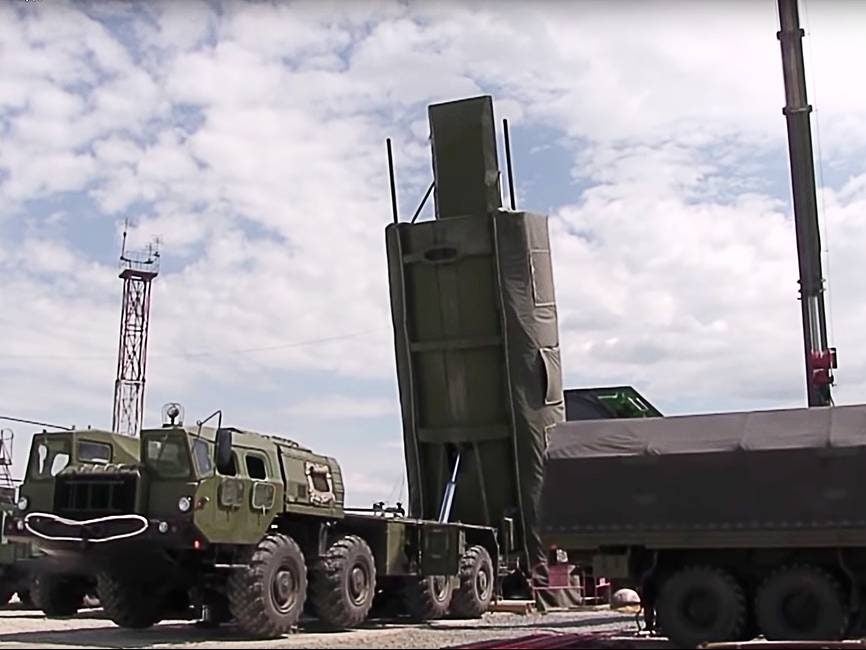
Russia has shown US observers its hypersonic missile system to uphold requirements of the New Strategic Arms Reduction Treaty (New START), according to the Ministry of Defence of the Russian Federation.
The Avangard missile system, slated to enter combat service in December, features a hypersonic glide body and, according to Russian state media, is capable at travelling in excess of 20 times the speed of sound.
Russian President Vladimir Putin unveiled it in 2018, alongside a range of other advanced Russian weapons.
The observers were shown the weapon over the course of two days under the terms of the 2011 New START treaty which governs the size of Russian and US nuclear arsenals.
In a statement, Russia’s Ministry of Defence said: “Under the Treaty on Measures for the Further Reduction and Limitation of Strategic Offensive Arms, a US inspection group was shown the Avangard missile system with the hypersonic boost-glide vehicle on the territory of Russia on November 24-26, 2019.”
Russian officials previously described the missile as ‘invulnerable’ to missile defence systems with Russian President Vladimir Putin saying that in tests the missile successfully maneuvered “horizontally and vertically at hypersonic speeds.”

US Tariffs are shifting - will you react or anticipate?
Don’t let policy changes catch you off guard. Stay proactive with real-time data and expert analysis.
By GlobalDataPutin said in an earlier statement: “The weapon is capable of performing sharp maneuvers on its way to targets making it absolutely invulnerable for any missile defence system.”
Hypersonic missiles pose a threat to traditional missile defence systems as the weapons’ speed makes them hard to intercept.
The systems have seen a flurry of investment with the US Congress mandating that the US has an operational hypersonic weapon by 2022, and the UK setting aside funds for the development of hypersonic systems.
New START limits both countries to around 1,500 nuclear warheads apiece; it replaced the earlier Strategic Offensive Reductions Treaty signed between the two countries. New START is set to expire in 2021, with a Russian Minister recently saying there was not enough time to negotiate a new treaty.
The treaty also limits the number of delivery vehicles for warheads that both countries can operate.
In the past, President Donald Trump attacked New START calling it a “bad deal” that favoured Russia. Earlier this year the US pulled out of the Intermediate-Range Nuclear Forces Treaty (INF) leaving New START as the only accord governing nuclear arsenals.



